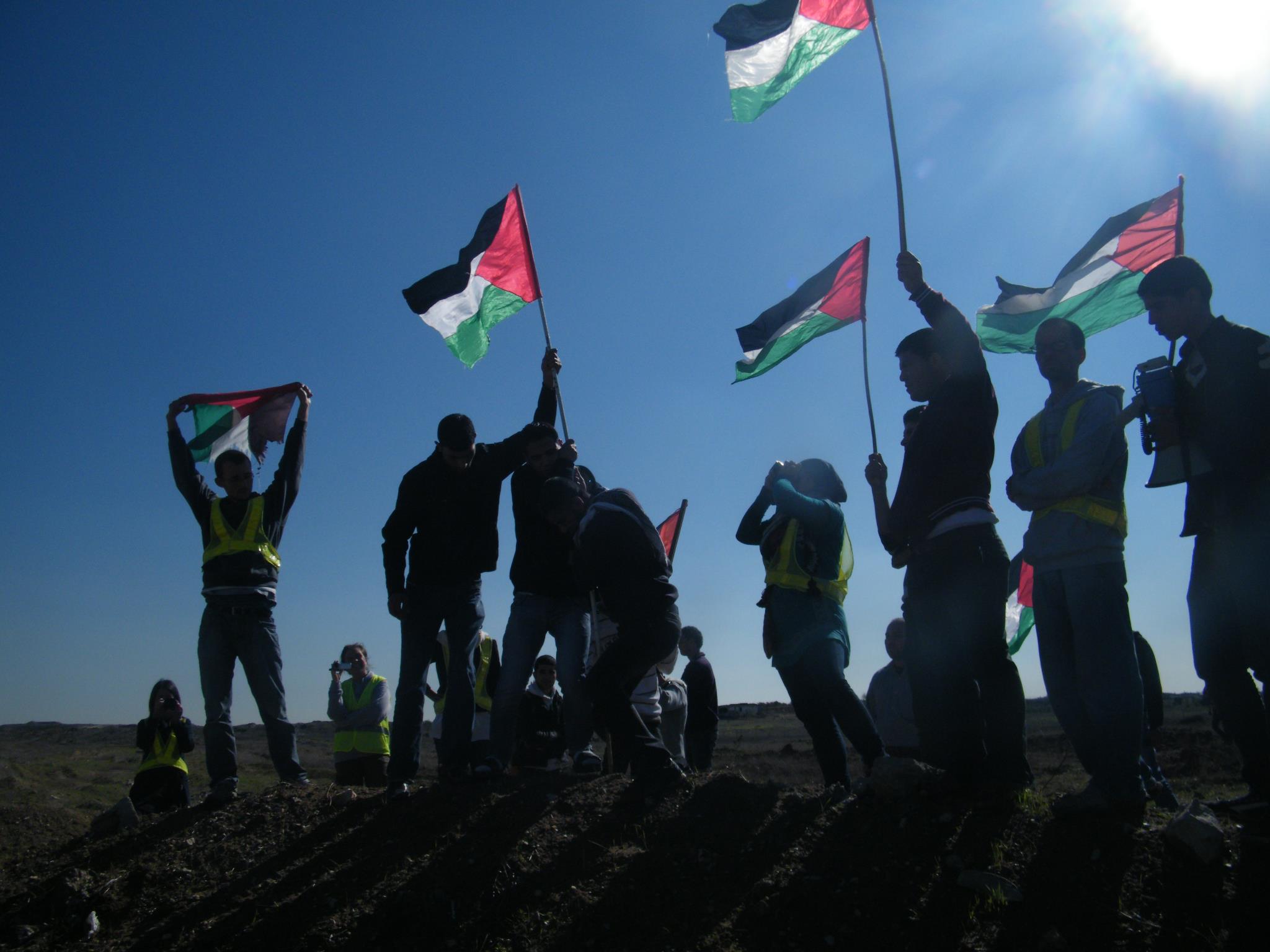Month: November 2011
-
Thanksgiving in Gaza
by Radhika Sainath 25 November 2011 | Notes from Behind the Blockade It all started with a simple question from Jabar, a Palestinian farmer from Faraheen, during Eid al-Adha, the festival of sacrifice. “Is there an American eid (holiday) where you slaughter an animal?” he asked Nathan, a colleague here in Gaza, a few weeks…
-
Israeli navy hunts Gaza fishermen
24 November 2011 | International Solidarity Movement, Gaza Video of our international human rights observation boat outrunning the Israeli navy as it attempts to fire a watercannon on Palestinian fishing boats under 3 miles out to sea. Publicly, Israel ‘allows’ fishermen in Gaza 3 miles in which to make a living. Today, as happens on…
-
No go zone protest in Beit Hanoun
by Nathan Stuckey 24 November 2011 | International Solidarity Movement, Gaza We gathered in the road in front of the Agricultural College of Beit Hanoun, the same place that we gather every week. There were about forty people, members of the Beit Hanoun Local Initiative, the International Solidarity Movement and citizens of Beit Hanoun. Like…


